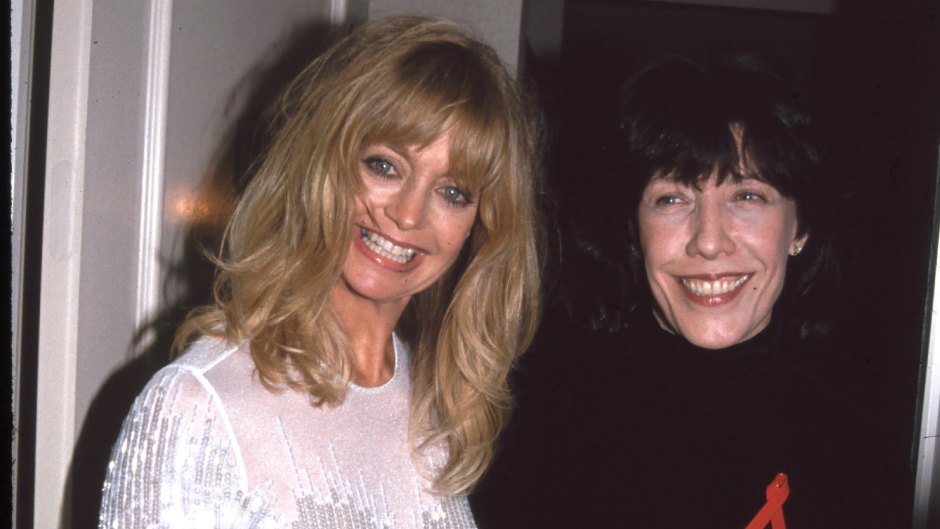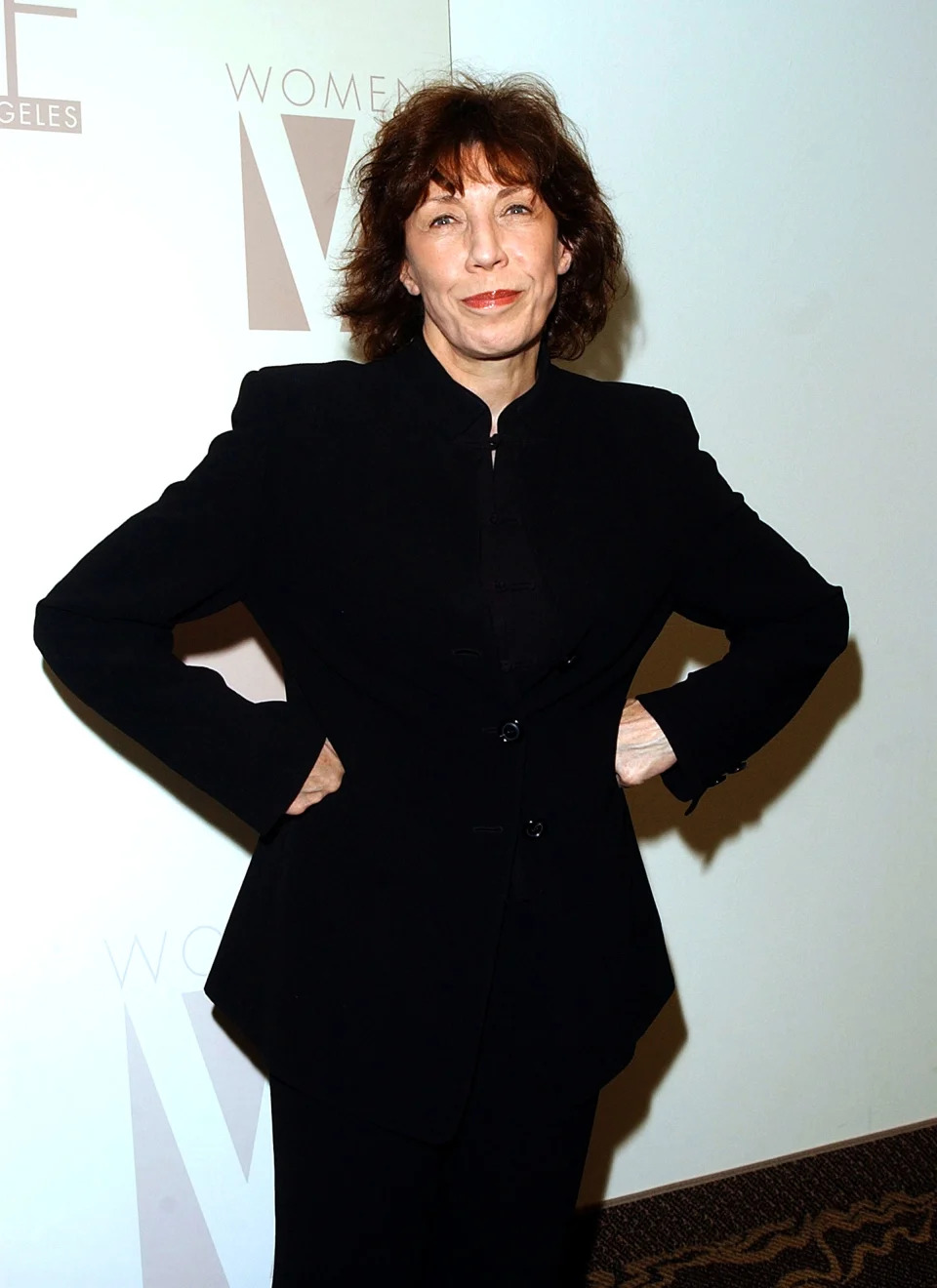Goldie Hawn was never allowed to rehearse her introductions on Rowan & Martin’s Laugh-In in hope of tripping her up. “Ruth Buzzi would always do something to screw up Goldie’s cue cards,” recalls Laugh-In producer George Schlatter to Closer. “Goldie is really a brilliant woman, but when she gets confused, she laughs, and her laugh is just golden.”

From 1968 to 1973, a cast of young performers held court on the irreverent comedy sketch series, which launched the careers of Goldie, Ruth, Lily Tomlin, Arte Johnson and more. George, 90, shares his memories of Laugh-In and the other classic comedy shows he worked on in the new book Still Laughing: A Life in Comedy. “There is so much negativity in the world, so I thought I would do something funny, positive and happy,” he says.
America was at another turbulent time in its history when Laugh-In hit the airwaves in early 1968. Although its short comedy sketches were rooted in vaudeville and burlesque, the series gave voice to the period’s thriving youth culture. “They were not comics. They were these innocent, funny, young people who could stay up all night. We taped some of our stuff until 2 o’clock in the morning,” recalls George. “We would start with what was in the script and we would just play.”
The series wasn’t expected to be a hit. “We really went on the air by accident,” George says. “NBC had nothing to put on opposite Here’s Lucy and Gunsmoke. Laugh-In cost nothing and could go on the air right away, so we just started taping it.”

Some of the show’s characters, like Arte’s German soldier who found everything “very interesting” or Lily’s brazen telephone operator, Ernestine, took on lives of their own.
“The first time we taped “A Phone Call From Ernestine,” everybody in the hallway started doing ‘one ringy-dingy, two ringy-dingy.’ It caught on immediately,” says George.

The character’s prank calls to real news- makers, including labor leader Jimmy Hoffa, or institutions like the CIA, caused a sensation. “Political leaders were afraid to get a call from Ernestine,” says George.
But not every politico had to be tricked into coming on the show. Laugh-In writer Paul Keyes convinced his acquaintance, presidential candidate Richard Nixon, to tape a bit in 1968. “Nixon was a man with no humor, so to get him to do a comedy show was a major, major hurdle,” George says. “I taped him saying ‘Sock it to me,’ and people couldn’t believe it. It really helped the show take off.”
Looking back, George notes that Laugh-In was a series that broke ground and has never been imitated. “It was a revolutionary experience, both technically and creatively,” he says. “We did anything we wanted to do and then apologized for it later.”





